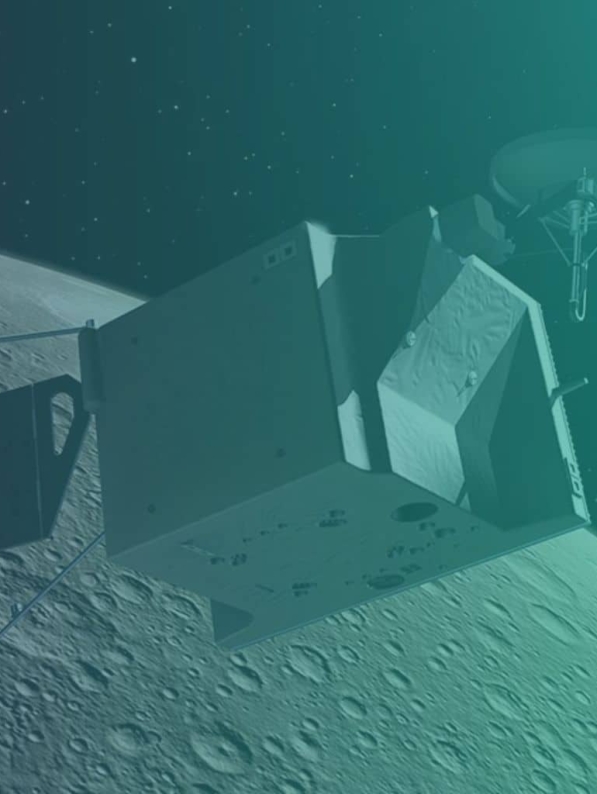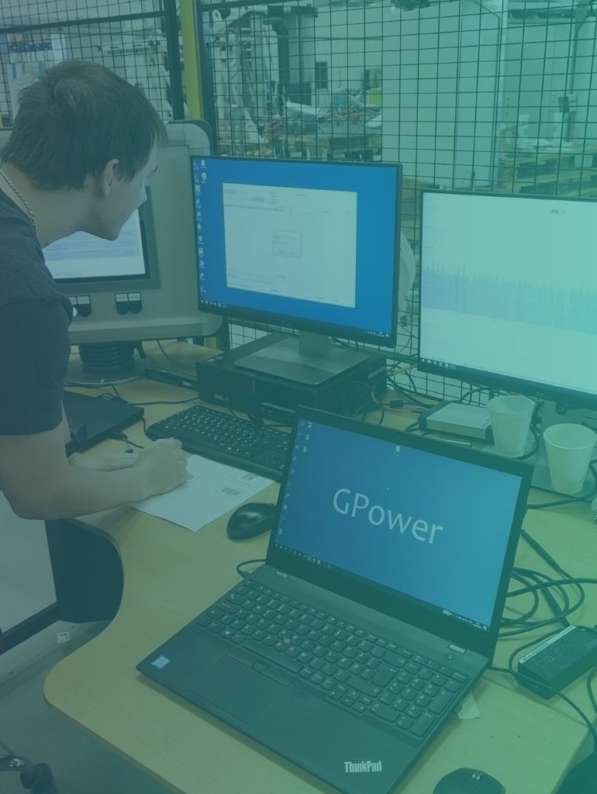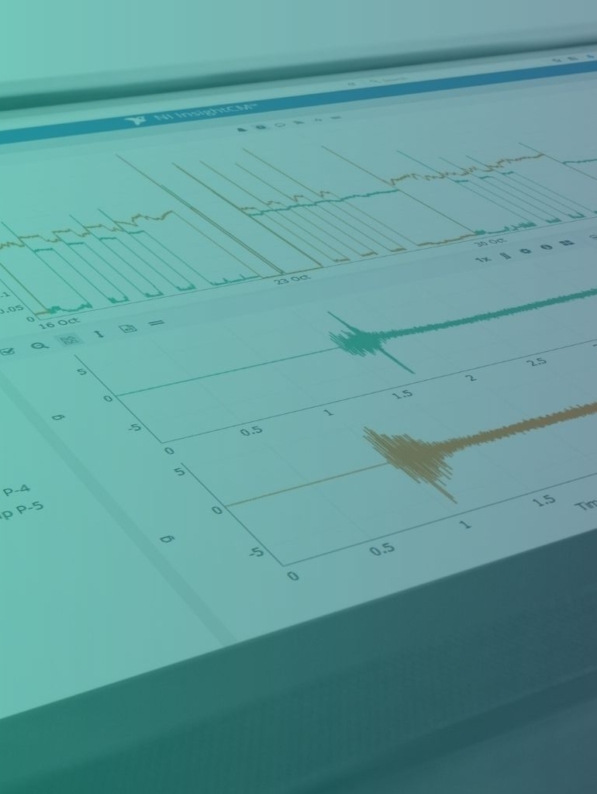Simulating Wind Turbines
Siemens
When Models Become Reality
Siemens has the need to test a lot when they develop their wind turbines. Since it is both expensive and space-consuming to have an entire park of wind turbines available and would be too dependent on weather conditions, we developed a wind turbine simulator instead that was less space-consuming and easier to duplicate than an actual, physical wind turbine.
By combining real-time software and hardware, we created a model of a wind turbine which made it possible for the developers at Siemens to test their own development projects without access to a physical wind turbine. The simulator had to be parameterized so it could be configured to simulate various types of turbines. Essential criteria for both us and Siemens were that the simulator had to be sturdy so it could run for long periods of time without having to restart. Furthermore, it had to provide an API for automation.
To create a wind turbine simulator capable of living up to these criteria, it takes a great deal of knowhow in terms of wind turbines, software design, and hardware. Also, timing is essential since thousands of electrical signals must act coordinated and precisely – some within a matter of nanoseconds. To make the simulator meet these demands, we utilized various computer systems such as: desktop, real-time controllers, and FPGAs. In terms of software, there are more than 30 parameterized, mathematical models, and a flexible configurations-system to ensure that the simulator always runs the right turbine profile.
Our wind turbine simulator has not only made it easier, cheaper, and faster for us to test various functions, but is has had a huge significance in terms of improving our quality and our reliability. For instance, when we control different software functions, or when we test new elements in R&D
Siemens
Modularity Is Key When Scaling
The simulator for Siemens is an ongoing project that we continue to develop together. Therefore, it is essential that the simulator has a great deal of modularity in terms of both software and hardware. This allows us to continuously add or change the functionality of the simulator to match what is required. As an example, the hardware’s modularity allows us to change platforms and to add types of signals depending on what specifically is needed to any given test while the modularity of the software allows us to virtualize the whole simulator or certain parts of it.
1000-ton Wind Turbine Simulated Using LabVIEW and PXI
When we create simulators, we firmly believe in using software whenever possible and hardware only when necessary. This case with Siemens is the perfect example of the flexibility of our design since the implemented simulators in this case extends from both Hardware-In-The-Loop (HIL) simulators, weighing a ton and based on multicore PXI controllers and FPGA PXI boards, to purely software simulators and virtual environments. In every case, the simulators are configured with the same sets of parameters and the same API.








